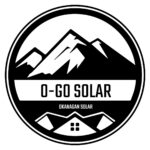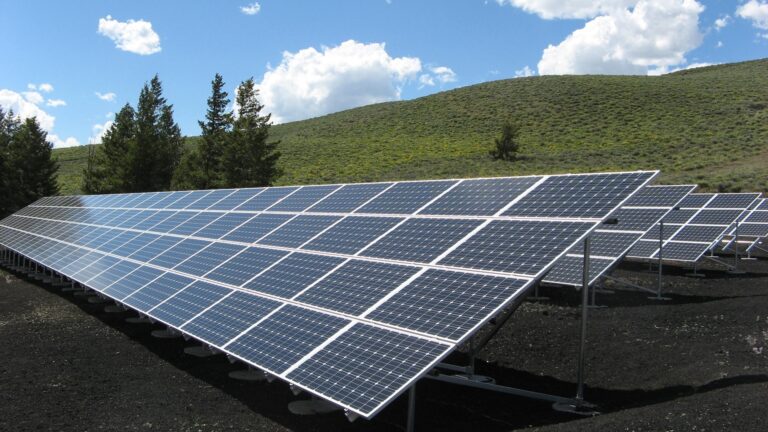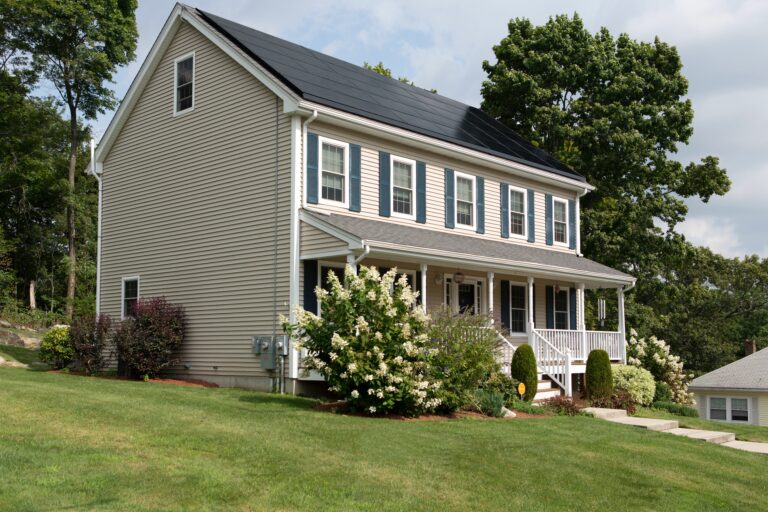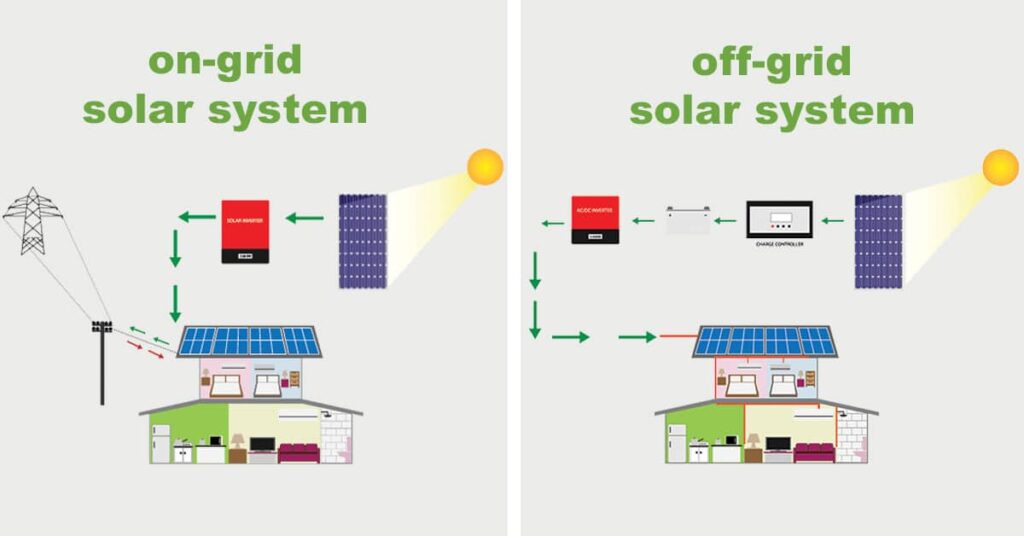O Go Solar

Your Solar Solution
O GO Solar and Young Contracting bring you a full service solar solution. We provide Residential and Commercial options as well as full off grid or grid tied solar systems.
Our certified technicians and design team are here to help. Give us a call to learn more
- Powerwalls
- Battery Banks
- Solar Hot Water Solutions
- Electric Power Management
- Battery Chargers
- Inverters
- All in one Inverter/Charger systems

Residential Solar Systems

Solar energy is abundant, renewable, and sustainable. As the cost of using solar to generate electricity decreases year after year, more Americans are opting for solar. There are already over a million solar panels installed in the United States. Additional advantages of switching to solar power are listed below.
-Cost Savings
-Increase Home Value
-Solar Works Everywhere
-Environmental
Grid-Tie Solar System
There are 2 main solar system types. Off-Grid and Grid-Tie. The main difference between these is that a Grid Tie or on-grid system is also connected to the Utility Power.
During the day the solar modules supply your home with electricity. The electricity gets inverted from DC to AC Power and used throughout your house. There are options to add a battery back to store the electricity for later or go without and save the costs of a battery bank. Downside is you still rely on the utility power at night.
Then when sun falls your system switches over to utility power.

Off- Grid Solar System
Unlike the Grid-Tie system, the off grid system is completely energy independent. Ideal for living remotely or far from power lines. Save your utility bill and become energy independent.
Off Grid solutions use a battery bank or powerwall to store the electricity captured during the day so you have available electricity at night. These system have a higher upfront cost but pay for themselves in the long run.
Give us a call if you have any question!
BC Solar Rebates & Tax Breaks
BC is the only province with a PST exemption for solar power! Currently BC has no solar rebates at the provincial level but there are regional incentives currently available for Nanaimo & Lantzville
-Rebates of $250-$400 for solar therman, geothermal, solar PV or wind system.
What does the PST exemption mean for you? 7% OFF
If a 10kW solar system is $25,498. 7% could mean $1785 in savings!
Solar Inverters
A solar inverter, also known as a PV inverter, is a type of electrical converter that converts a photovoltaic (PV) solar panel’s variable direct current (DC) output into a utility frequency alternating current (AC) that can be fed into a commercial electrical grid or used by a local, off-grid electrical network.
It is a crucial balance of system (BOS)–component in a photovoltaic system that allows the use of standard alternating current (AC)-powered equipment. Solar power inverters have photovoltaic array-specific features such as maximum power point tracking and anti-islanding prevention.
Solar inverters are broadly categorized into four types:
1- Stand-alone inverters, which are utilized in isolated systems that take DC electricity from batteries charged by solar arrays. Many stand-alone inverters include inbuilt battery chargers to recharge the battery from an AC supply when one is available. These often do not interact with the power grid and, as a result, are not obliged to have anti-islanding protection.
2- Grid-tie inverters, which match phase with a sine wave supplied by the utility. Grid-tied inverters are meant to shut down automatically in the event of a power outage for safety concerns. During power outages, they do not offer backup power.
3- Battery backup inverters are specialized inverters that extract electricity from a battery, maintain the battery charge with an onboard charger, and export surplus energy to the utility grid. These inverters must feature anti-islanding protection and are capable of delivering AC electricity to specified loads during a power outage. [clarification required]
4- Intelligent hybrid inverters handle solar arrays, battery storage, and utility grids, all of which are directly connected to the unit. These current all-in-one systems are often quite adaptable and may be used for grid-tie, stand-alone, or backup applications, but their major role is self-consumption with storage.
Solar Battery Banks
When searching for solar batteries for your home solar power system, there are several variables to consider. Two things to consider are the type of battery you’re searching for and what you want to get out of your battery.
We’ve broken down the most common energy storage methods to assist you in selecting the best battery backup for your solar panel installation.
There are four main types of battery technologies that pair with residential solar systems:
- Lead acid batteries
- Lithium ion batteries
- Nickel based batteries
- Flow batteries
Lead acid batteries are the tried-and-true technology in the realm of solar batteries.
Deep-cycle batteries have been used to store energy for a long time, dating back to the 1800s. And they’ve been allowed to stay because of their dependability.
Lead acid batteries are classified into two types: flooded lead acid batteries and sealed lead acid batteries.
BEST FOR: Because of their dependability, lead-acid batteries are ideal for off-grid solar systems or emergency backup storage in the event of a power loss.
LITHIUM OIN BATTERIES
Lithium ion batteries are the newest additions to the energy storage family.
As the popularity of electric vehicles grew, EV manufacturers recognized the promise of lithium ion as an energy storage solution. They soon rose to prominence as one of the most commonly used solar battery banks
BEST FOR: Lithium ion batteries are ideal for residential solar systems because they can store more power in a smaller space and allow you to utilize more of the energy stored within the battery, which is ideal for powering a home.
NICKEL CADIUM BATTERIES
Nickel cadmium (Ni-Cd) batteries are less common than lead acid or lithium ion batteries.
Ni-Cd batteries initially appeared in the late 1800s, but they were given a makeover in the 1980s that substantially improved the amount of energy they could store. They are popular in the aerospace industry.
BEST FOR: Because of their longevity, Ni-Cd batteries are ideal for large-scale applications such as utility solar energy storage.
FLOW BATTERIES
Flow batteries are a new technology in the energy storage industry.
They contain a water-based electrolyte liquid that flows between the battery’s two distinct chambers, or tanks. When charged, chemical processes take place, allowing the energy to be stored and then released. These batteries are becoming increasingly popular.
Because of their greater size, they are more costly than other battery kinds. The expensive price, along with their huge size, makes them difficult to adapt to domestic use. Redflow, on the other hand, produces a residential flow battery known as ZCell.
BEST FOR: Flow batteries are most suitable for large-scale installations.
Because of the way they function, they must be quite big to hold any significant quantity of energy, which raises their price. As a result, flow batteries have not become a popular home alternative.

